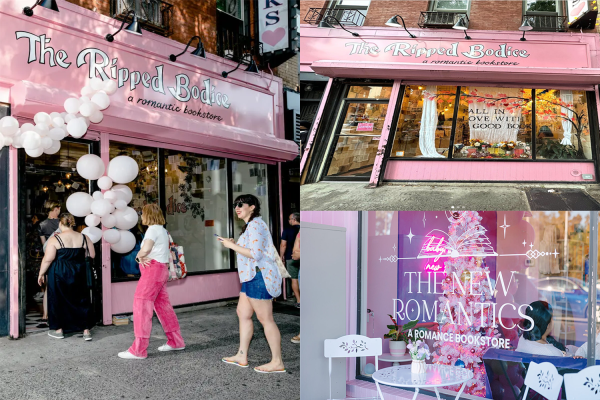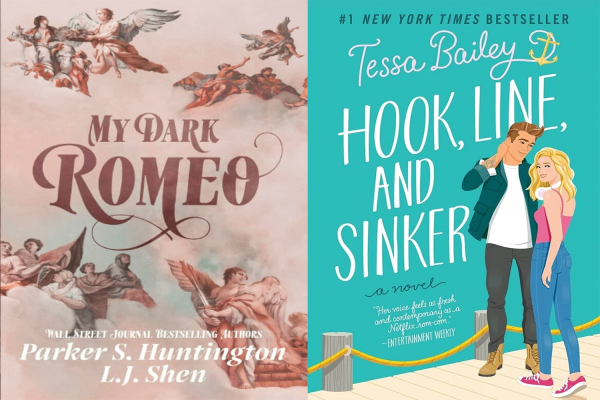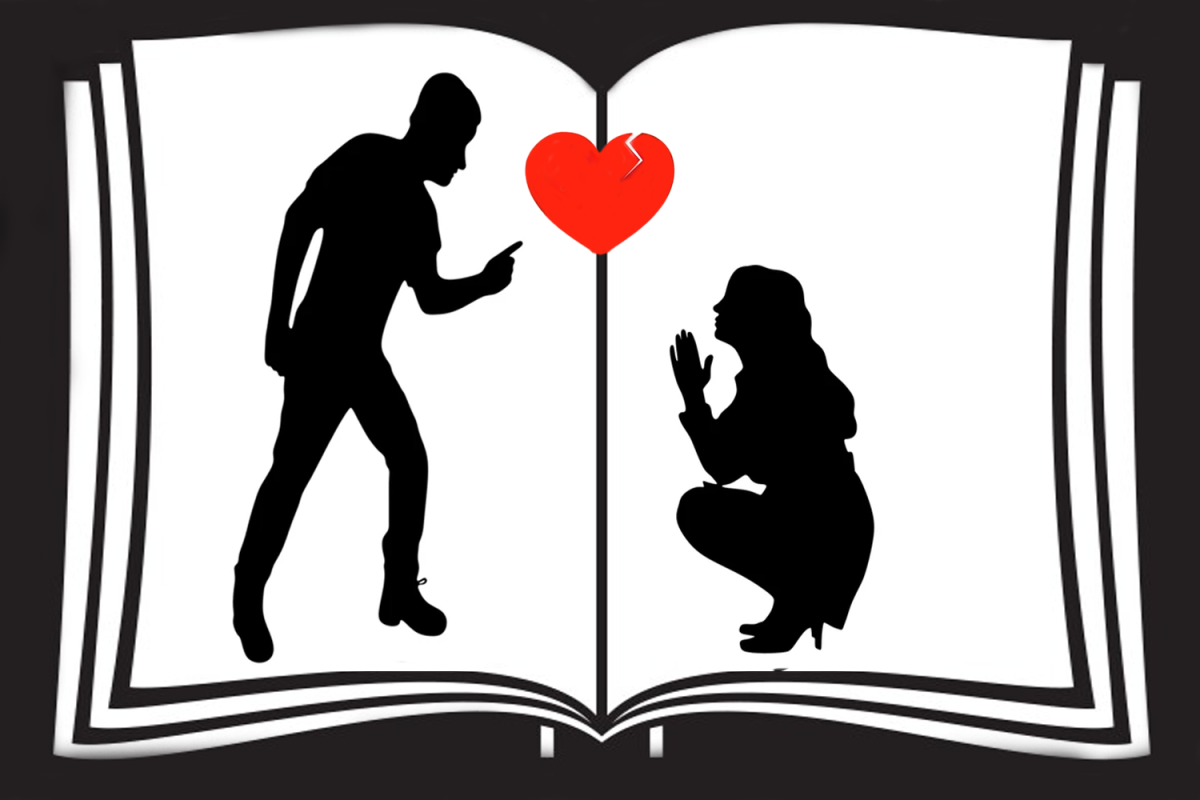The rise of popular romance authors, like Ms. Abby Jimenez and Ms. Colleen Hoover, has significantly boosted the romance genre in recent years. In fact, romance-only bookstores in the United States (US) have grown from just two in 2020 to more than 20 in 2024, according to The New York Times. The surge in romance novels has also brought attention to new sub-genres, some of which draw readers in by portraying toxic relationships and offering a complex perspective on the challenges of love. While the popularity of these books brings success to the genre, it is essential for romance novels to represent healthy relationships. Due to an increase in social media usage, younger audiences can view adult themes more readily. This can leave lasting impressions on younger readers who do not understand these mature topics. Ensuring that the romance genre promotes healthy relationships can help shape readers’ perception of love, promote positive relationship dynamics, and reduce the glorification of toxic behavior in the media.

One of the most popular sub-genres in romance today is dark romance. Books of this genre often feature themes such as abduction and kidnapping, portraying consent as an afterthought. In these novels the male main characters are typically from criminal underworlds such as motorcycle gangs, the mafia, or even killers, according to pastemagazine.com. Despite the controversial topics, dark romance novels often attempt to normalize these dynamics. While authors depict their villains and anti-heroes as violent and destructive, they frequently justify their actions to readers according to arcadiaquill.com.
Dark romances usually show little interest in redeeming their heroes or eliminating toxicity within their relationships, according to vice.com. People see the villainous love interest as romantic, and through their physical appearance, they seem to be the perfect guy. Readers perceive their actions as healthy because the story idealizes them. Social media platforms, such as TikTok and YouTube, introduce these books to a younger and more diverse audience, according to nationalherald.com. Through hashtags like “#BookTok,” teens have exposure to books that sometimes promote toxicity, misogyny, and abusive relationships, according thedispatchonline.net. On TikTok, many of the most popular romance novels contain similar themes of women pursuing “hard-to-get” men and bonding over shared trauma, according to economist.com. This becomes dangerous because these readers may not understand the severity of these topics. Ms. Alexandra Christo, a young adult author, shared how social media advertises books that may not be suitable for younger readers, according to theguardian.com.
“There is a rise of younger readers engaging with ‘new adult’ or adult books because now it is easier to find them with the success of social media marketing,” Ms. Christo said, according to theguardian.com. “A greater issue is the definition of what is or isn’t an adult book has been blurred with many books using marketing based on similar tropes across audiences, making things confusing for potential readers. When clips and content are often short, focusing on fun tropes without getting into real specifics, it’s hard to know who the intended audience is for any given book.”

Romance book sales have more than doubled in recent years, rising from 18 million in 2020 to 29 million in 2023, according to The New York Times. With this increase in sales, the genre attracts a younger audience, with 70 percent of readers discovering romance between the ages 11 to 18, according to wordrated.com. This trend points to the importance of advertising young adult romance books that portray healthy relationships over toxic ones. Mrs. Oliva Kolenberg, Upper School Librarian, shared how publishers are not the problem when advertising to younger readers. Instead, social media is the problem.
“I think that social media is the main driver,” Mrs. Kolenberg said. “Usually when something becomes popular outside its target audience, it is from some other factors. Romance publishers are not marketing to kids, whereas, if something takes off on TikTok or Instagram, and somebody reads it and starts raving about it, the younger kids are going to start to read it.”
Social media advertises toxic relationships presented in romance novels to young readers, exposing children to unhealthy relationships through fictional characters. These harmful ideas of what relationships should be may leave an impression that can affect their adult years. Influencers on social media must advertise romance novels that depict healthy relationships rather than toxic ones to young readers, so that the right audiences can view appropriate romance novels.
Featured Image by Gianna Rodrigues ’27




